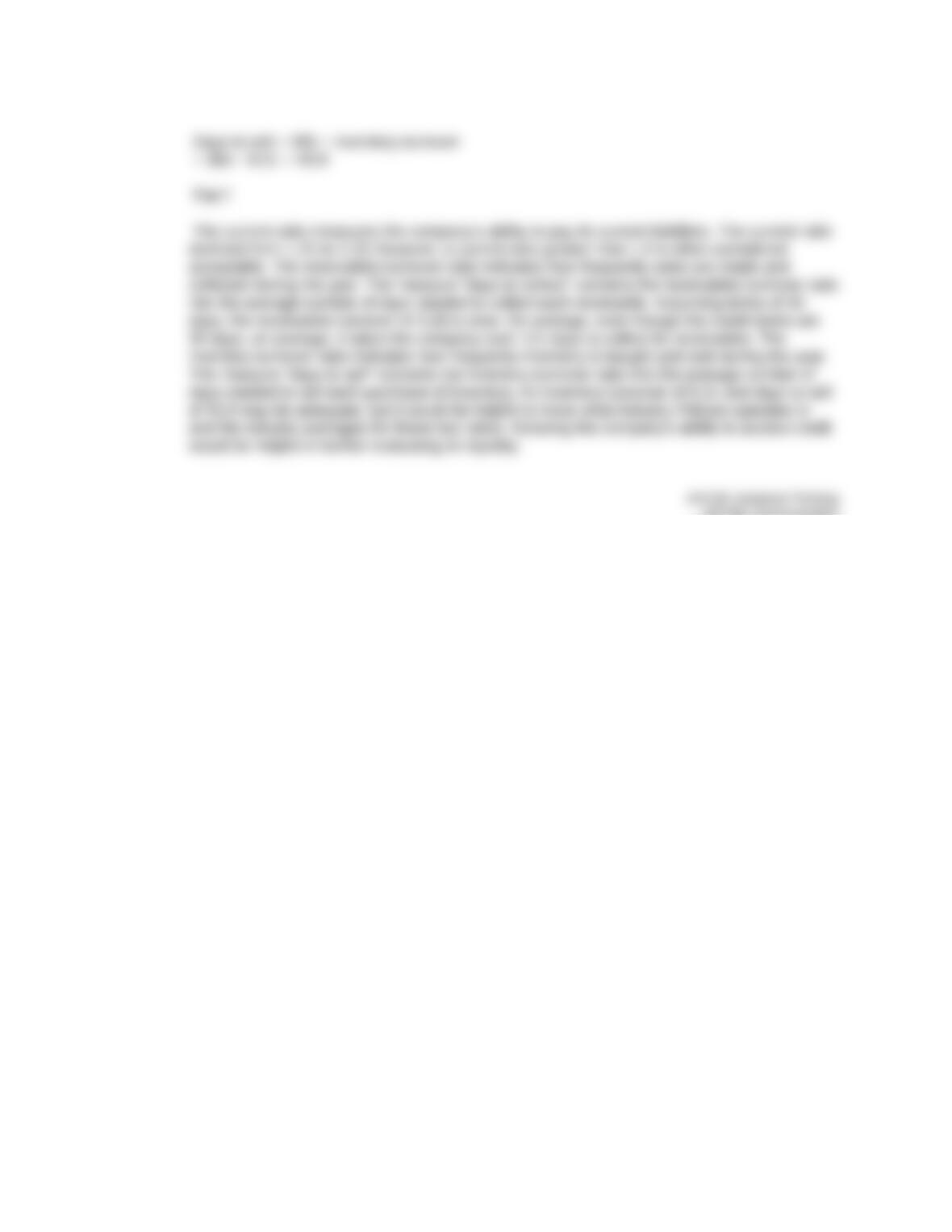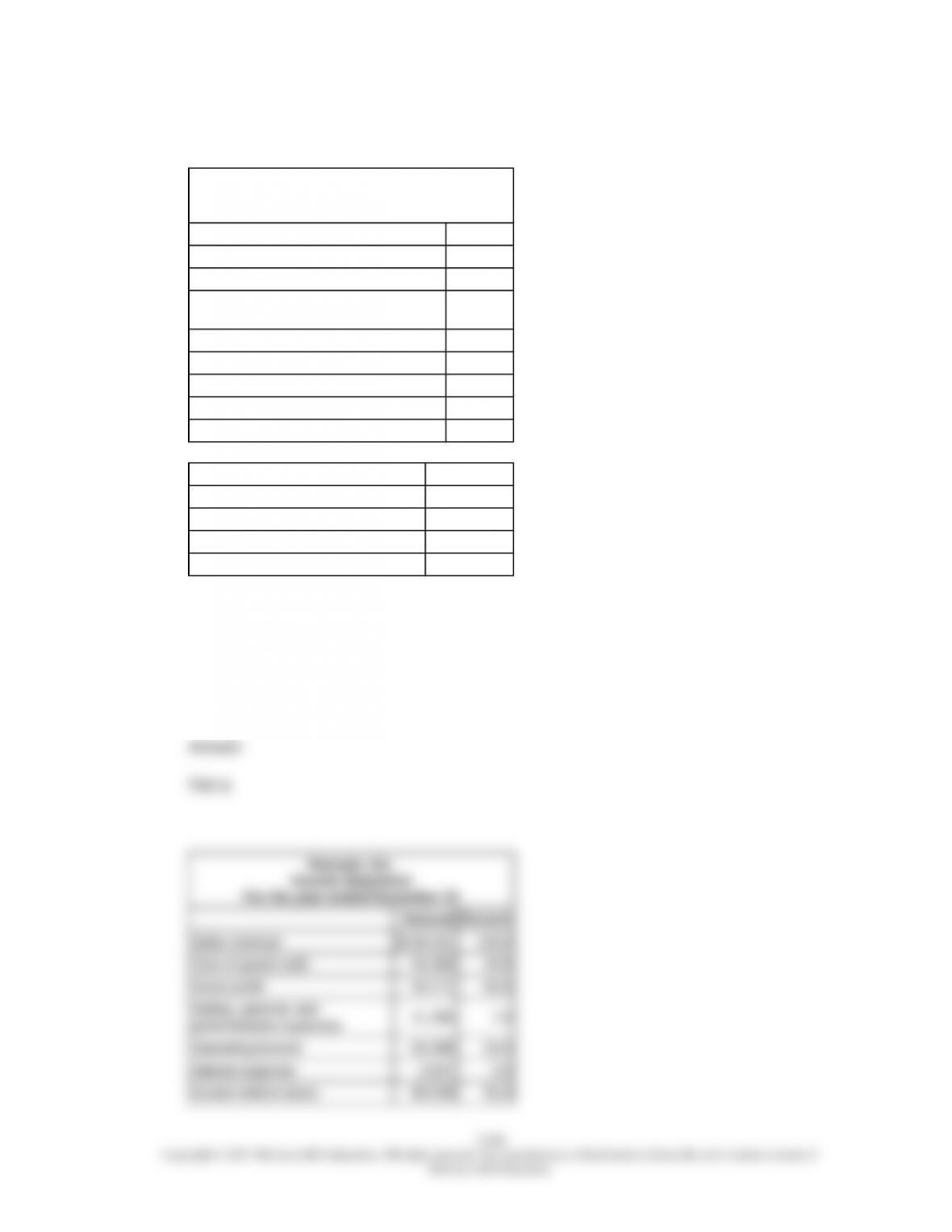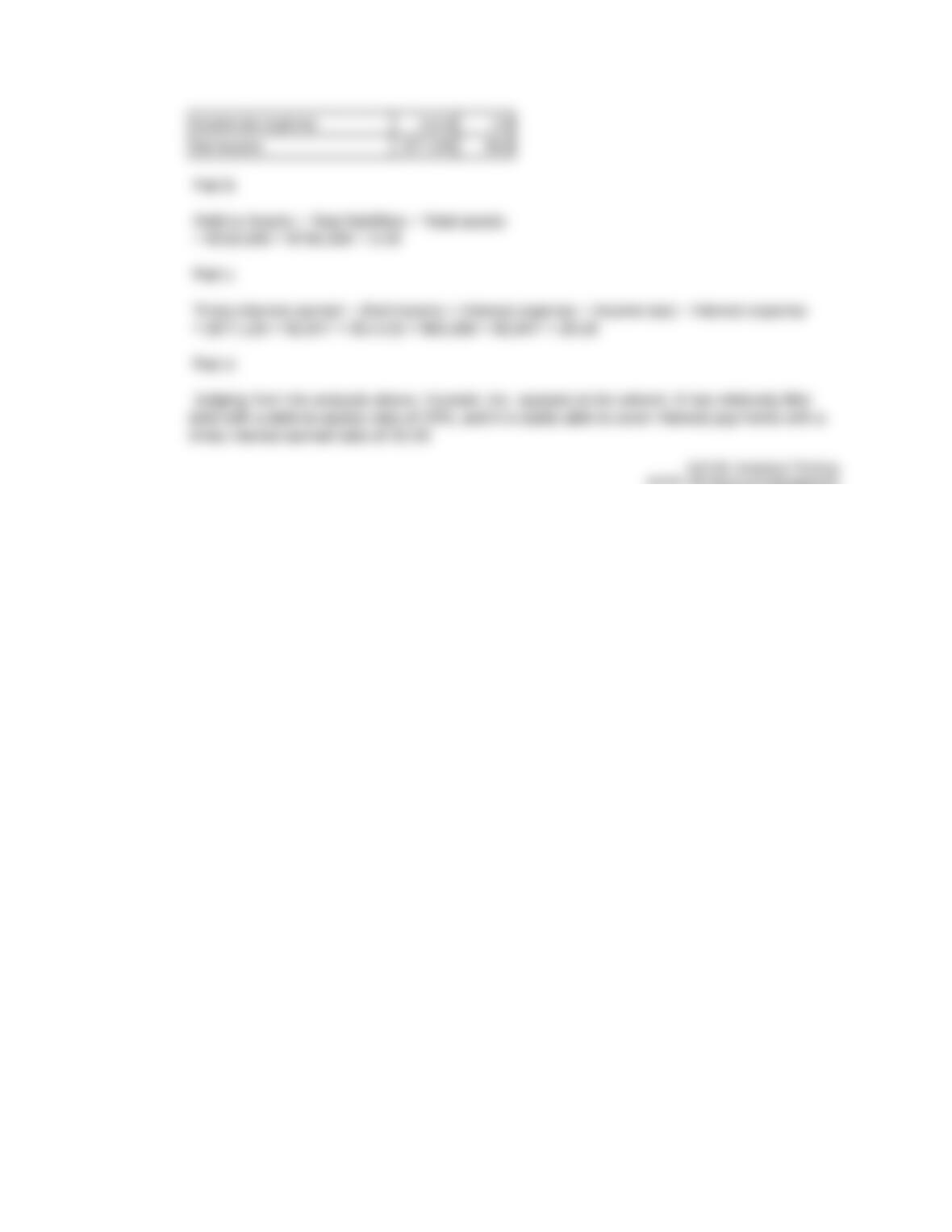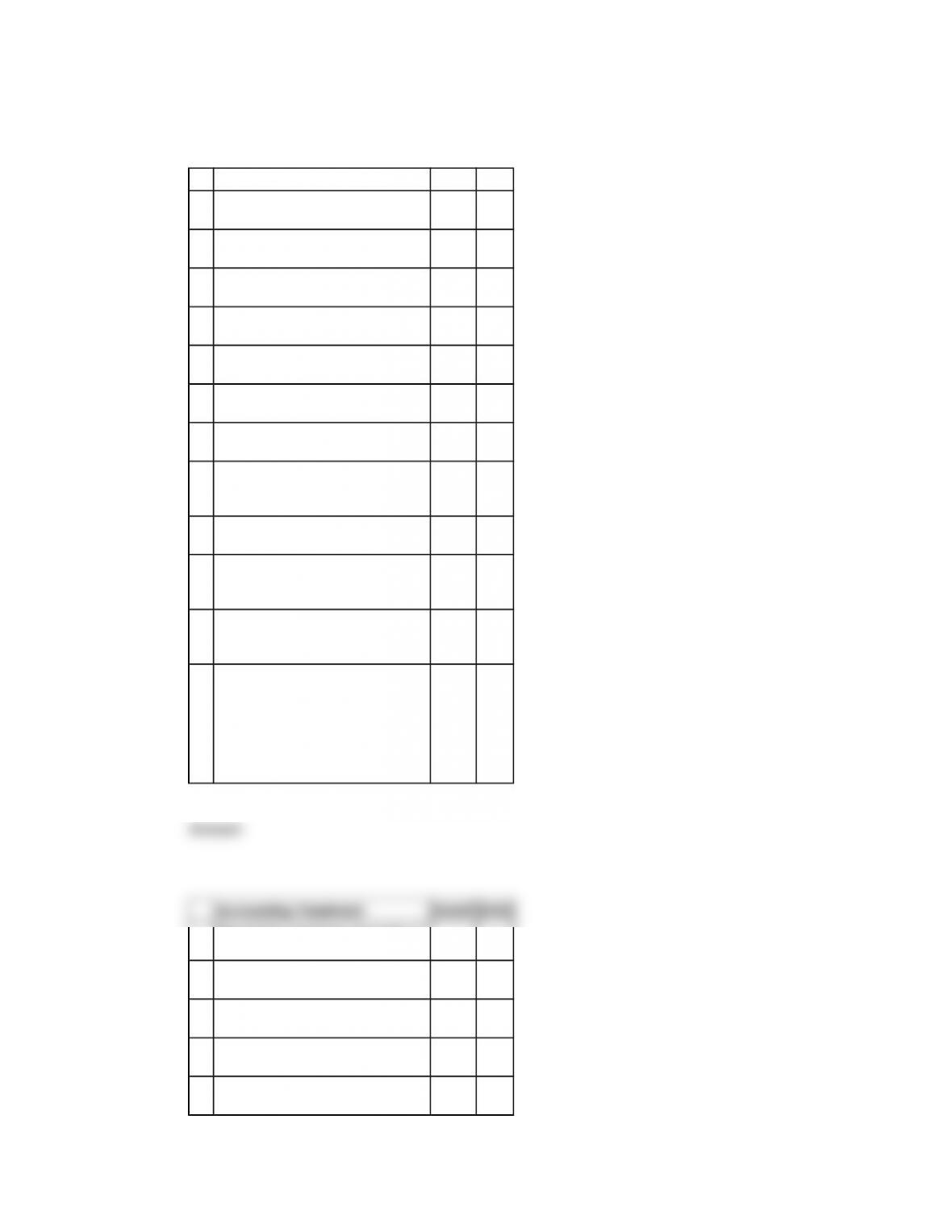101. The comparative financial statements of B. Darin include the following data:
Current
Year
Prior
Year
Income Statement
Net Sales Revenue $130,000 $100,000
Cost of Goods Sold 55,000 47,000
Operating Expenses 39,000 32,000
Interest Expense 3,500 3,500
Income Tax Expense 5,000 4,000
Net Income 27,500 13,500
Balance Sheet
Current Assets 115,000 95,000
Plant, Property and
Equipment, Net 98,000 105,000
Current Liabilities 45,000 38,000
Long-Term Liabilities 43,000 43,000
Stockholders’ Equity 125,000 119,000
Total Liabilities & Stockholders’
Equity 213,000 200,000
Which of the following would be shown on B. Darin's horizontal analysis when calculating
percentage changes from the prior year to the current year?
A. An increase in sales revenue of 23%
B. An increase in gross profit of 41.5%
C. An increase in interest expense of 100%
D. An increase in net income of 57%
Gross profit = (Net sales revenue - Cost of goods sold)
Current year:
= $130,000 - $55,000 = $75,000
Prior year:
= $100,000 - $47,000 = $53,000
Percentage change = (Current year's total - Prior year's total) ÷ Prior year's total
($75,000 - $53,000) ÷ $53,000 = 41.5% increase
AICPA: BB Critical Thinking
AICPA: FN Measurement
Accessibility: Keyboard Navigation
Blooms: Apply
Difficulty: 3 Hard























































































































































































